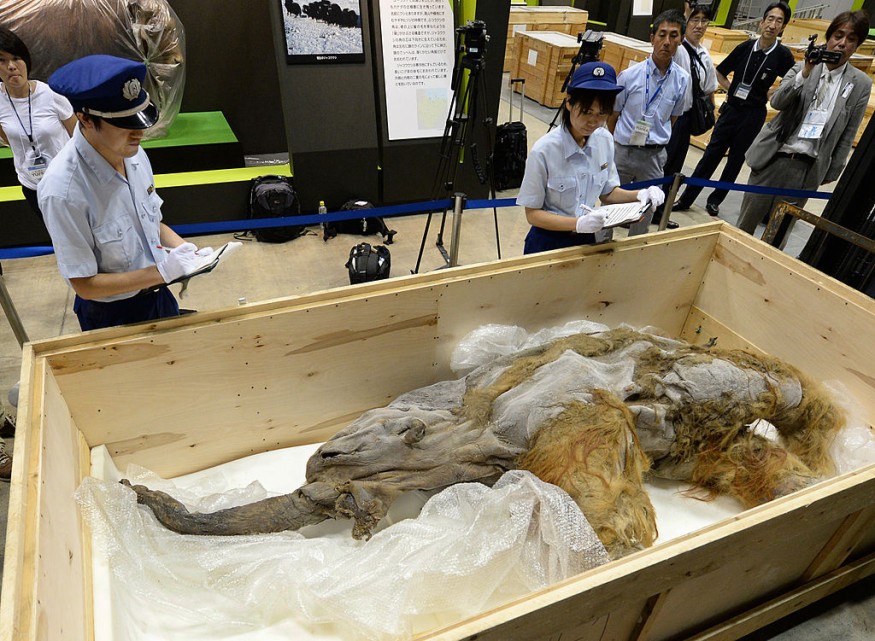Today, it is rare to find a well-preserved animal sample inside another animal, but this seems to have not prevented a woolly rhino found inside the stomach of a mummified pup.
If you wonder how a puppy took down a rhino, so are the scientists. In fact, they were stunned to discover the hidden artifact inside Tumat, an Ice Age puppy found in a Siberian location.
According to Inverse, a woolly rhino had been the pup's "final snack", which offers a clue to these ancient dogs' lives and better understanding on what the predator-prey dynamics between these ancient creatures might've have been.
The discovery came as part of a larger study looking at how climate change affected Ice Age fauna, and was published in the journal Current Biology.
Piecing together Tumat's life and reconstructing extinct woolly rhinos

Edana Lord, a postgraduate student at the Centre for Paleogenetics and first author of the study, recounted her shock upon finding a preserved ancient creature in the stomach of another.
"As far as we know, it is very unusual to find tissue from another animal preserved in the stomach," Lord says. In fact, the samples were so well preserved that the researchers were able to genetically analyze both Tumat and his woolly rhino snack. Lord says the reason why they were so intact is because they were encased in permafrost.
The cold which essentially mummified Tumat's body allowed today's scientists to know about the dog's life and thousands of years after it lived. Lord tells Inverse that its intact fur and skin samples are "especially useful for genetic analysis" because they provide more DNA for sampling.
With this information, Lord speculates that Tumat could have been part of a large scavenging pack that hunted big game like wooly rhinos.
Using ancient genomes to understand extinct species responses to climate change
While ancient DNA significantly improved our understanding of evolution, complete ancient genomes helped researchers examine species responses to climate change prior to extinction.
For the woolly rhinoceros (Coelodonta antiquitatis), a new genetic analysis shows that being well-adapted to cold climates was likely part of what triggered the downfall of their species, as mentioned in a related story in Inverse.
Previous studies hypothesized that Homo sapiens over-hunted the megafauna which led to their demise, but the study determined that climate change - not the spread of humans - is actually what ended the woolly rhino.
"Here, we use one complete nuclear genome and 14 mitogenomes to investigate the demographic history of woolly rhinoceros leading up to its extinction," the researchers wrote.
According to recent evidence, humans spread in the same area as the woolly rhinos more than 30,000 years ago, but the rhinos only went extinct 14,000 or 15,000 years ago. "If anything, we actually see something looking a bit like an increase in population size during this period," senior study author Love Dalén, a professor at the Center for Paleogenetics, explains.
These findings prove how genome sequencing allows scientists to investigate changes in genetic diversity that preceded the extinction of species and obtain a glimpse of the species' life.
"This allows us to ask a whole host of questions regarding their population and evolutionary history," Lord said.
© 2025 NatureWorldNews.com All rights reserved. Do not reproduce without permission.





